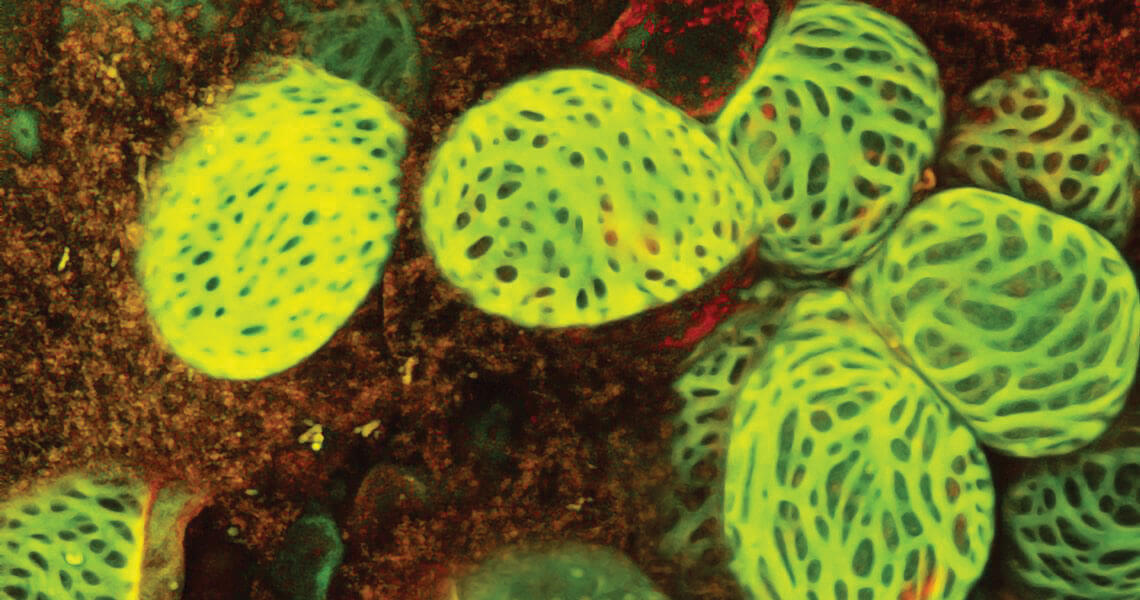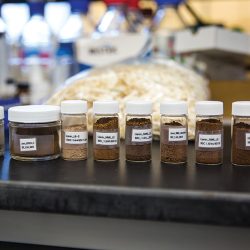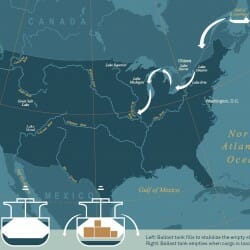Pulp Fixin’
John Ralph PhD’82 of the UW’s Great Lakes Bioenergy Research Center recently co-authored a paper that will make paper easier to produce. In the Proceedings of the National Academy of Sciences, Ralph and several colleagues announced that they had discovered a means for growing softwood trees that produce better pulp.
Pulp — the ground-up wood that is the basic material in paper — comes largely from trees. But it can be difficult to produce good pulp, due to the properties of wood. Softwood trees — pines, especially — make good pulp because their wood has long cellulose fibers. But they also produce a lot of lignin, a gluey substance that helps support cell walls but gets in the way of paper production. Much of the expense of paper manufacturing comes from removing lignin.
Hardwood trees have lignin, too, but its composition and structure are different, and it’s easier to remove. But hardwood cellulose fibers are much shorter, making for weaker paper.
Working with Armin Wagner of New Zealand’s Scion research institute, Ralph and his colleagues found a way to genetically modify softwood pines to produce lignin like hardwood trees. The trees seem to be just as strong as any other pines, but much easier to turn into pulp.
“There’s a great deal of interest in this in the industry,” Ralph says. “It will save a lot of energy, which will save a lot of cost.”
Published in the Fall 2015 issue




Comments
No comments posted yet.